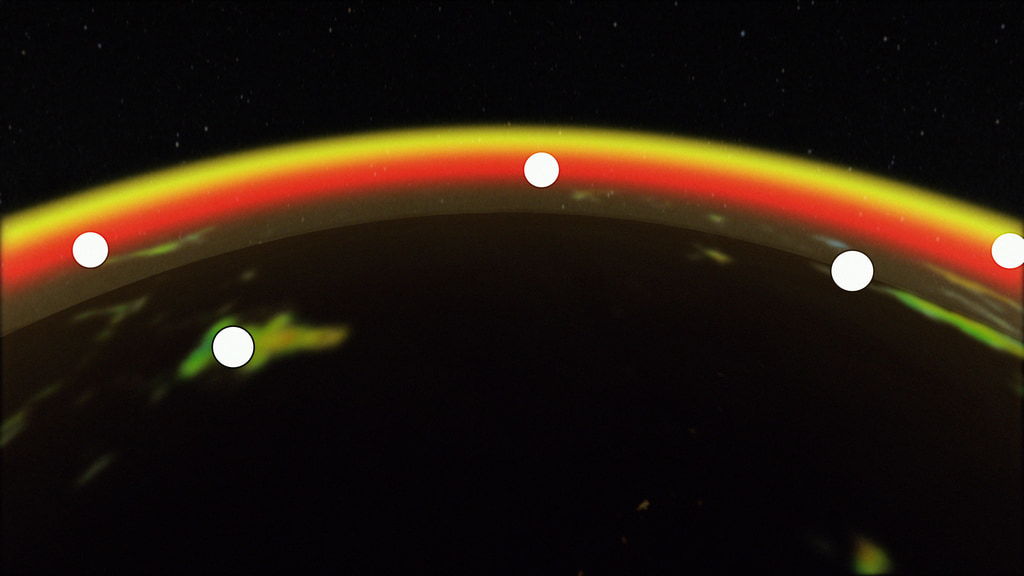WASHINGTON — The director of NASA’s heliophysics division is cautiously optimistic that a major mission targeted for cancellation in the agency’s budget proposal will be saved.
Speaking at a Dec. 9 town hall session during the annual meeting of the American Geophysical Union (AGU) here, Joe Westlake, director of the heliophysics division at NASA Headquarters, said he was seeing “positive movement” on funding for the Geospace Dynamics Constellation (GDC) mission.
GDC, a top priority of the previous heliophysics decadal survey in 2013, would operate six spacecraft in low Earth orbit to study the coupling of the Earth’s magnetosphere with the upper atmosphere and support space weather studies. Once planned for launch in the late 2020s, NASA said in its fiscal year 2024 budget proposal that it would pause its development by three years in response to overall budget issues.
In the fiscal year 2025 budget proposal, though, NASA proposed canceling GDC outright, citing “other priorities in this request.” Congress has yet to complete appropriations for 2025, although a Senate bill and report were critical of the proposed cancellation and suggested NASA examine how to fly GDC as “a partnership with industry or a mission of opportunity.”
GDC is often paired with another mission concept, called Dynamical Neutral Atmosphere-Ionosphere Coupling (DYNAMIC), that would also fly a set of spacecraft in low Earth orbit to study connections between space and terrestrial weather. While NASA awarded studies for DYNAMIC mission concepts in June, the agency noted in its 2025 budget proposal that the request did not include funding to develop the mission.
Westlake said it was still NASA’s intent to find a way to go forward with both GDC and DYNAMIC. “They’re still not quite out of the woods,” he said, citing pending appropriations bills. “There’s positive movement in that regard.”
He credited that progress to advocacy by the scientific community. “We feel like a lot of support and a lot of the voices in this room have been heard to push these missions forward,” he said. “It’s time to do these missions. It’s time to see these things go forward.”
The uncertainty about the future of GDC came up during the Dec. 5 release of a new heliophysics decadal survey. It called for the mission to be developed, with an estimated cost of $1.2 billion, even as the study advocated for two additional flagship missions that had costs of about $2 billion each.
“GDC is an important part of the science that we want to do in the next decade,” said Robyn Millan of Dartmouth College, a co-chair of the decadal survey, at a briefing to discuss the report. “We really hope that this decadal survey kicks it off again in our reaffirming of the importance of it as part of the program of record.”
While the fate of GDC remains uncertain, work on the mission is continuing at a low level. NASA allocated $20 million to GDC in its fiscal year 2024 operating plan, allowing for work on the mission’s instruments to continue.
At a town hall meeting at the AGU conference Dec. 10 devoted to NASA’s Living With a Star (LWS) program, which includes GDC, LWS program lead John McCormack said that all the instruments for GDC had completed systems requirements reviews, allowing them to move ahead towards preliminary design reviews.
“We have been able to keep pushing on the best we can,” he said. “There’s not a whole lot else to say until things work out.”
